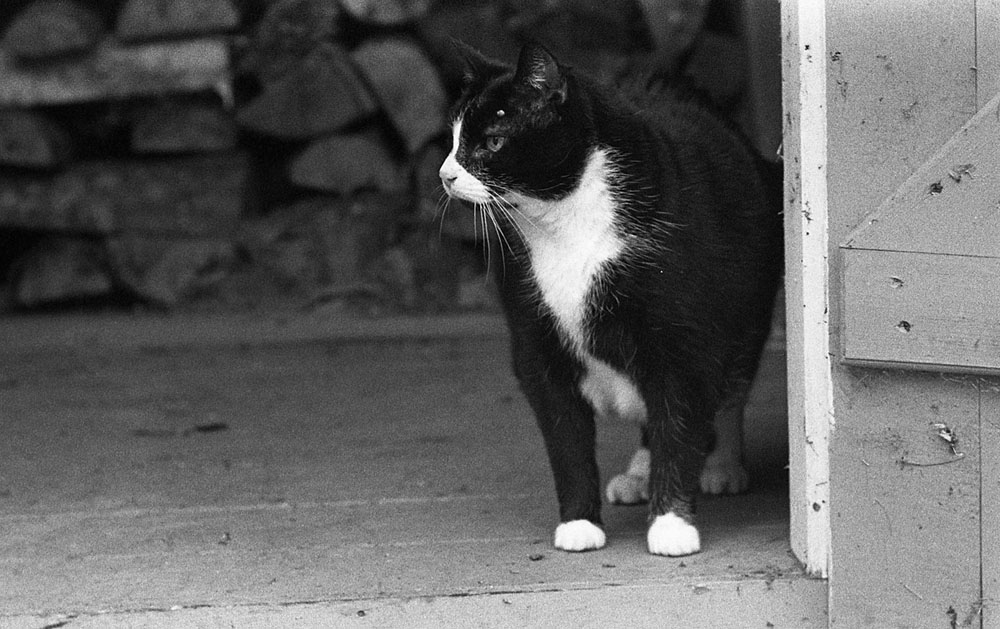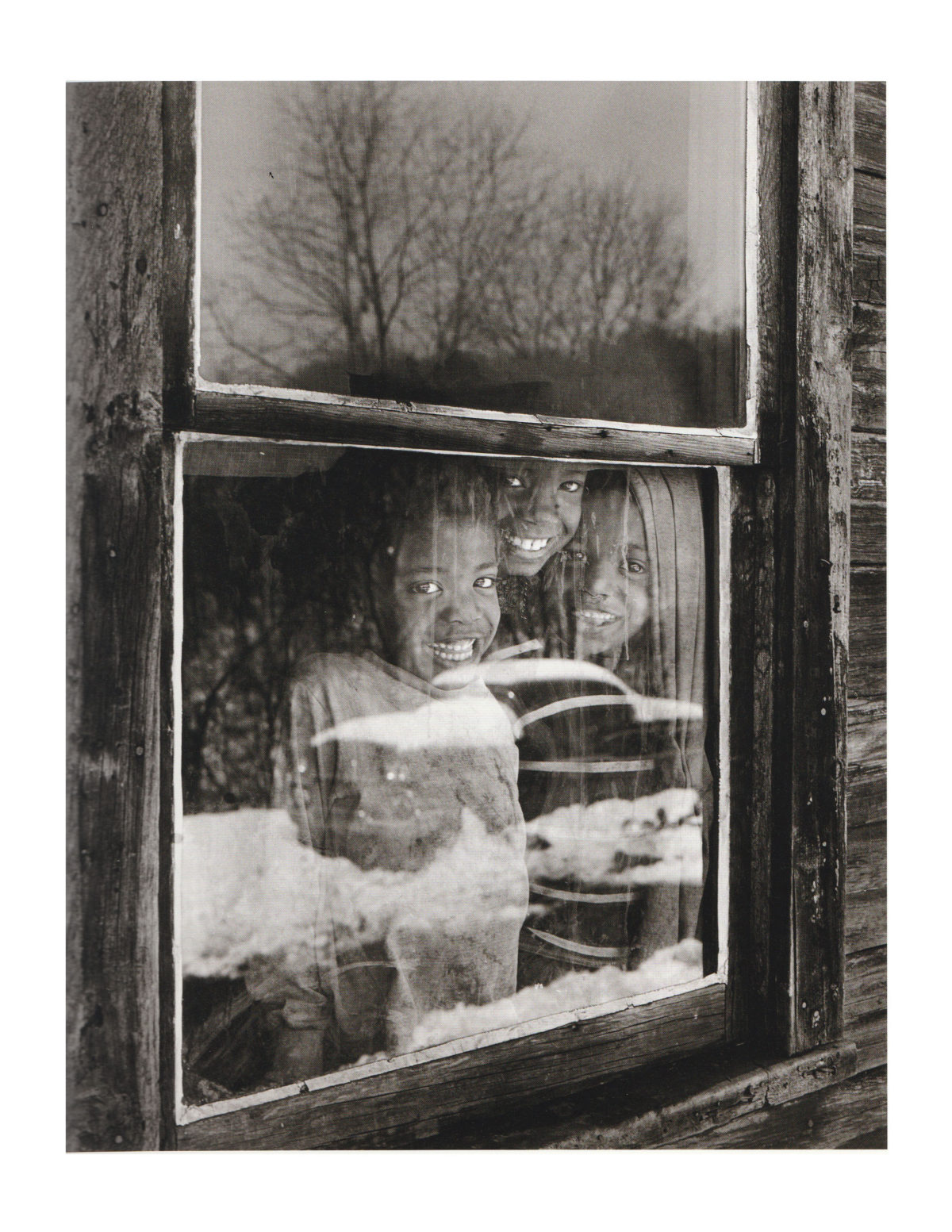We are in the midst of a resurgence of many alternative photographic processes. These processes date back to the mid-19th century and are capable of producing exceptionally fine prints. This post deals specifically with wet plate and dry plate processes and answers the question: “What equipment do I need for wet plate and/or dry plate photography”?
CAMERAS: The good news is that you do not need to purchase a special camera for wet/dry plate work. You can use just about any modern or vintage camera that accepts modern or vintage film/plate holders.
PLATE/FILM HOLDERS: You need a new or used modern plate holder, a vintage plate holder, or a modern film holder modified for plates.
COLLODION WET PLATES: Since collodion wet plates are no longer commercially manufactured you will be coating your plates. This applies to tintypes, ambrotypes on glass, and glass negatives. You can cut the plates to whatever size fits your holder.
DRY PLATES: You can purchase ready-made dry plates or coat your own. If you are purchasing ready-made the plate sizes will be determined by the manufacturer. J. Lane Dry Plates provides many standard sizes and will build to order many sizes. If you are coating your dry plates you can cut the plates to whatever size fits your holder.
MODIFYING A DOUBLE DARK SLIDE FILM HOLDER THAT FITS YOUR CAMERA: Modifying an existing double dark slide film holder is a great option that will save you $200 – $400, vs. buying new, depending on size and supplier. Double dark slide film holders with a METAL septum work best. I have used Fidelity with great success. The modification took me less than 90 minutes. If you want to modify a double dark slide film holder but do not want to DiY or do not have the time or tools required, Lund Photographic can do it for you. I cut my first two and Lund modified two more for me. All four work great. There are many tutorials on YouTube and elsewhere on the web so I will not go into details here.
BE AWARE OF TWO LIMITATIONS WHEN MODIFYING A MODERN DOUBLE DARK SLIDE FILM HOLDER: Only one side of the double dark slide film holder can be used for the plate. (One side is used for loading the holder the other side is for exposure.) The plate size must be ¼ inch smaller on each of the four sides to allow for the installation of corner brackets to hold the plate in the proper position. So, a modified 8×10 double dark slide film holder can take a maximum plate size of 7.5×9.5 inches.
Lund Photographics Film holder modifications
Pictoriographica J. Lane Dry Plates
Pictoriographica Double Sided Dry Plate Holders
The Light Farm Dry plate coating
Drew Wagner


